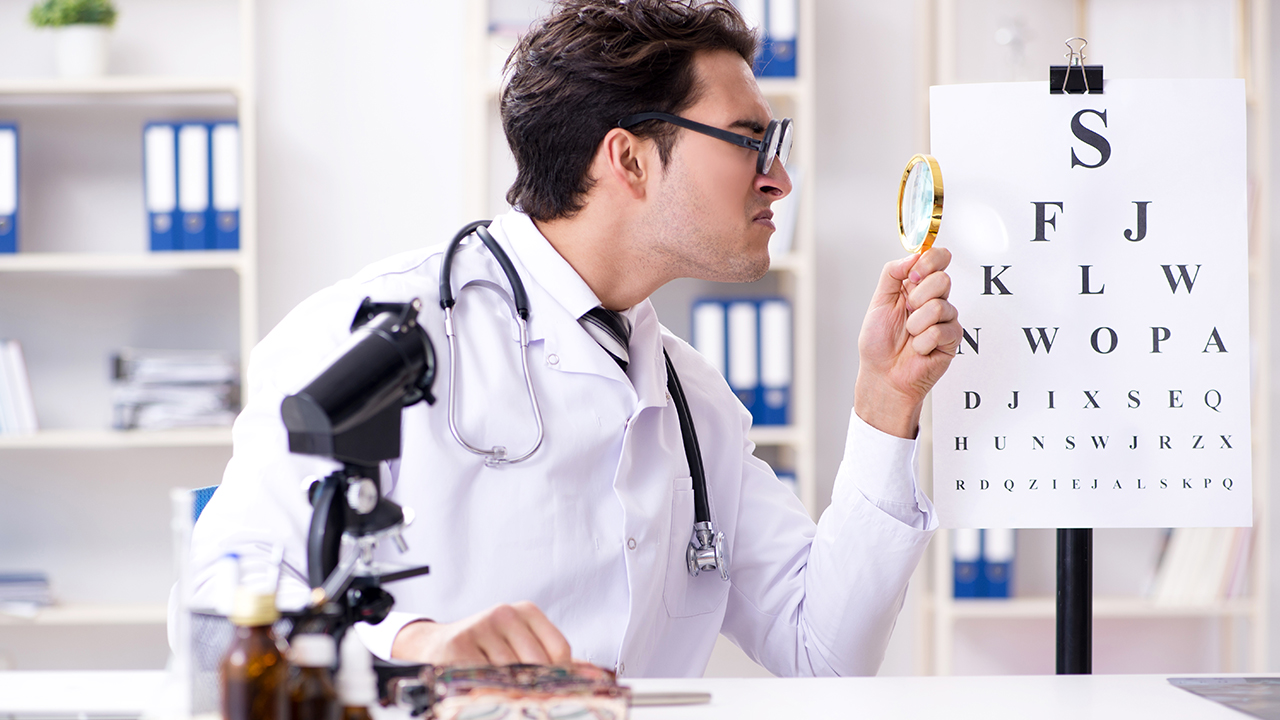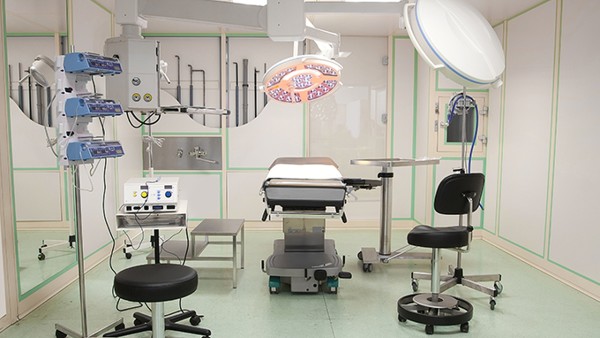What is Prostate Biopsy?

A prostate biopsy is a procedure in which a small sample of tissue is removed from the prostate gland for examination under a microscope. It is used to diagnose prostate cancer and other conditions that affect the prostate.
Why is a Prostate Biopsy Done?
A prostate biopsy is usually done if a man has an abnormal prostate exam or a high prostate-specific antigen (PSA) level. A prostate exam is a physical exam in which a doctor feels the prostate gland through the rectum. A PSA test is a blood test that measures the level of PSA in the blood. PSA is a protein that is produced by the prostate gland. High levels of PSA can be a sign of prostate cancer, but they can also be caused by other conditions, such as prostatitis (inflammation of the prostate gland) or benign prostatic hyperplasia (BPH) (enlargement of the prostate gland).
How is a Prostate Biopsy Done?
A prostate biopsy is typically done in a doctor's office or outpatient surgery center. The procedure usually takes about 15-30 minutes.
Before the procedure, you will be given antibiotics to help prevent infection. You may also be given a sedative to help you relax.
During the procedure, you will lie on your side with your knees bent. The doctor will insert a transrectal ultrasound (TRUS) probe into your rectum. The TRUS probe uses sound waves to create images of the prostate gland. The doctor will use the TRUS probe to guide a needle into the prostate gland. The needle will be used to remove several small samples of tissue from the prostate gland.
The tissue samples will be sent to a laboratory for examination under a microscope. The pathologist will look for any abnormal cells, such as cancer cells.
What are the Risks of a Prostate Biopsy?
A prostate biopsy is a relatively safe procedure, but it does have some risks. These risks include:
Bleeding
Infection
Pain
Bruising
Hematuria (blood in the urine)
Rectal bleeding
Ejaculatory dysfunction
Erectile dysfunction
What are the Benefits of a Prostate Biopsy?
A prostate biopsy can help to diagnose prostate cancer and other conditions that affect the prostate. Early diagnosis and treatment of prostate cancer can improve the chances of a successful outcome.
What to Expect After a Prostate Biopsy?
After a prostate biopsy, you may experience some bleeding, pain, or discomfort. These symptoms usually go away within a few days. You may also be given antibiotics to help prevent infection.
You should see your doctor for a follow-up appointment within a few weeks of the biopsy. At this appointment, your doctor will discuss the results of the biopsy and recommend any necessary treatment.
How Can I Reduce the Risks of a Prostate Biopsy?
There are a few things you can do to reduce the risks of a prostate biopsy:
Tell your doctor about any medications you are taking, including blood thinners and aspirin.
Avoid taking any blood thinners for a week before the biopsy.
Drink plenty of fluids before and after the biopsy.
Take pain relievers as directed by your doctor.
Apply a cold compress to the area of the biopsy to reduce swelling and pain.
Avoid strenuous activity for a few days after the biopsy.
The above is all the content that the editor wants to share with you. I sincerely hope that these contents can bring some help to your life and health, and I also wish that your life will be happier and happier.
Tags: #is #what #biopsy















